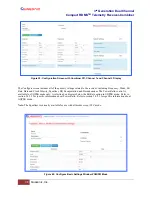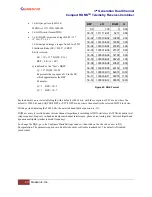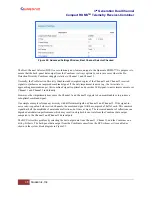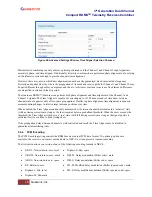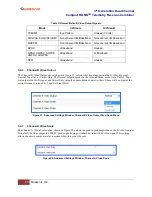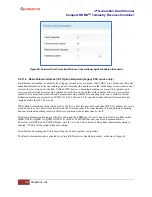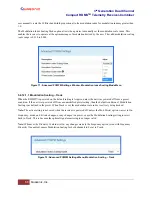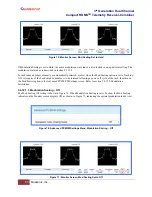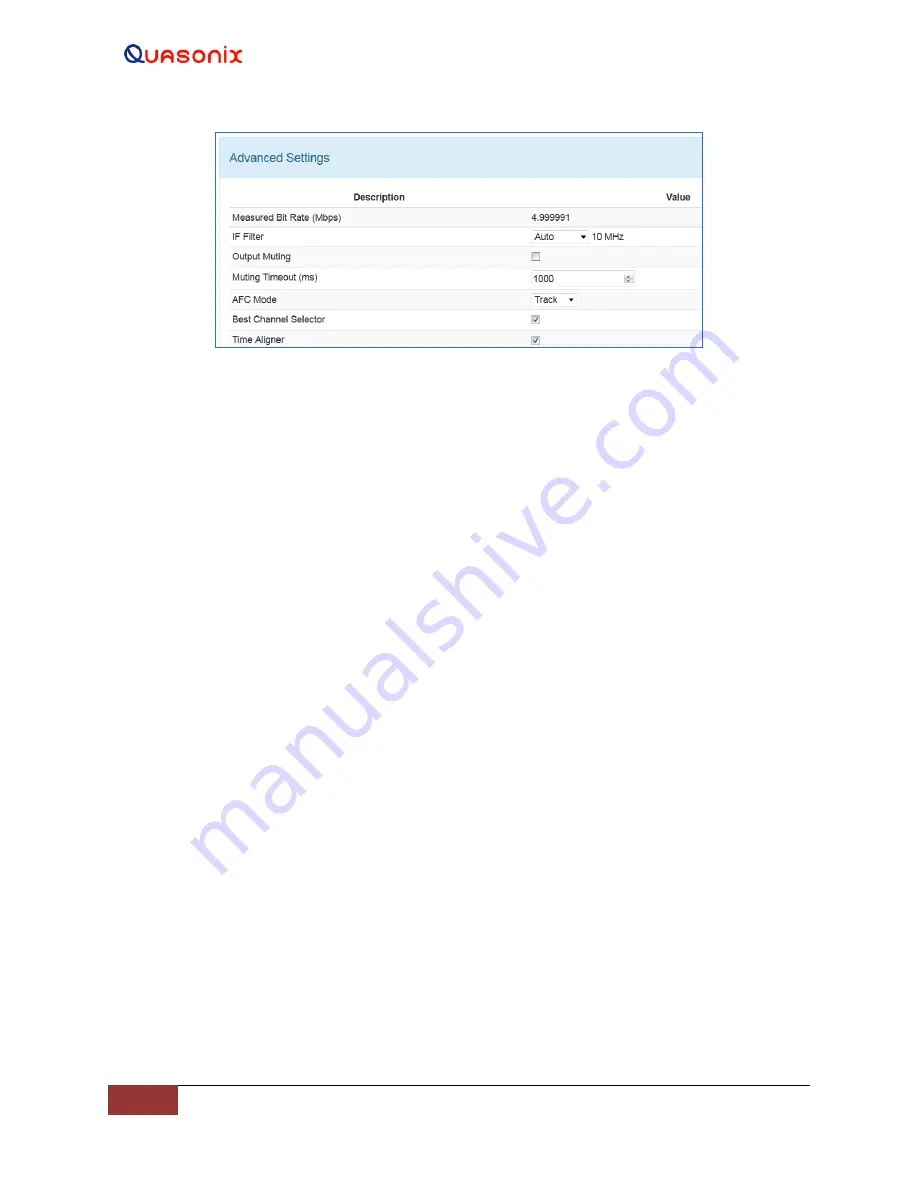
3
rd
Generation Dual Channel
Compact RDMS
TM
Telemetry Receiver-Combiner
46
Quasonix, Inc.
Figure 52: Advanced Settings Window, Best Channel Selector Checked
The Best-Channel Selector (BCS) is a revolutionary new feature, unique to the Quasonix RDMS™. Its purpose is to
ensure that the back-panel data output from the Combiner is always optimal, even in rare cases where the Pre-
Detection Diversity Combiner struggles relative to Channel 1 and Channel 2.
Normally, the Pre-Detection Diversity Combiner adds weighted copies of the Channel 1 and Channel 2 received
signals to synthesize an improved combined signal. If the only impairment is noise (e.g., the test article is
approaching maximum range), this combined signal is optimal, and provides 3 dB signal-to-noise improvement over
Channel 1 and Channel 2 individually.
However, other impairments may cause the Channel 1 and Channel 2 signals to be uncombinable or to produce a
suboptimal combined signal.
One simple example is frequency diversity with different multipath on Channel 1 and Channel 2. If the signal-to-
noise ratio is equal on both received channels, the combined signal will be composed of half of each. This summed
signal has half the amplitude of unintended reflections, but twice as many. The increased number of reflections can
degrade demodulation performance, which may result in a higher bit error rate from the Combiner data output
compared to the Channel 1 and Channel 2 data outputs.
The BCS solves this problem by selecting the best output data from Channel 1, Channel 2, and the Combiner on a
bit-by-bit basis. The back-panel data output from the Combiner comes from the BCS whenever it is enabled, as
shown in the system block diagram in Figure 53.





